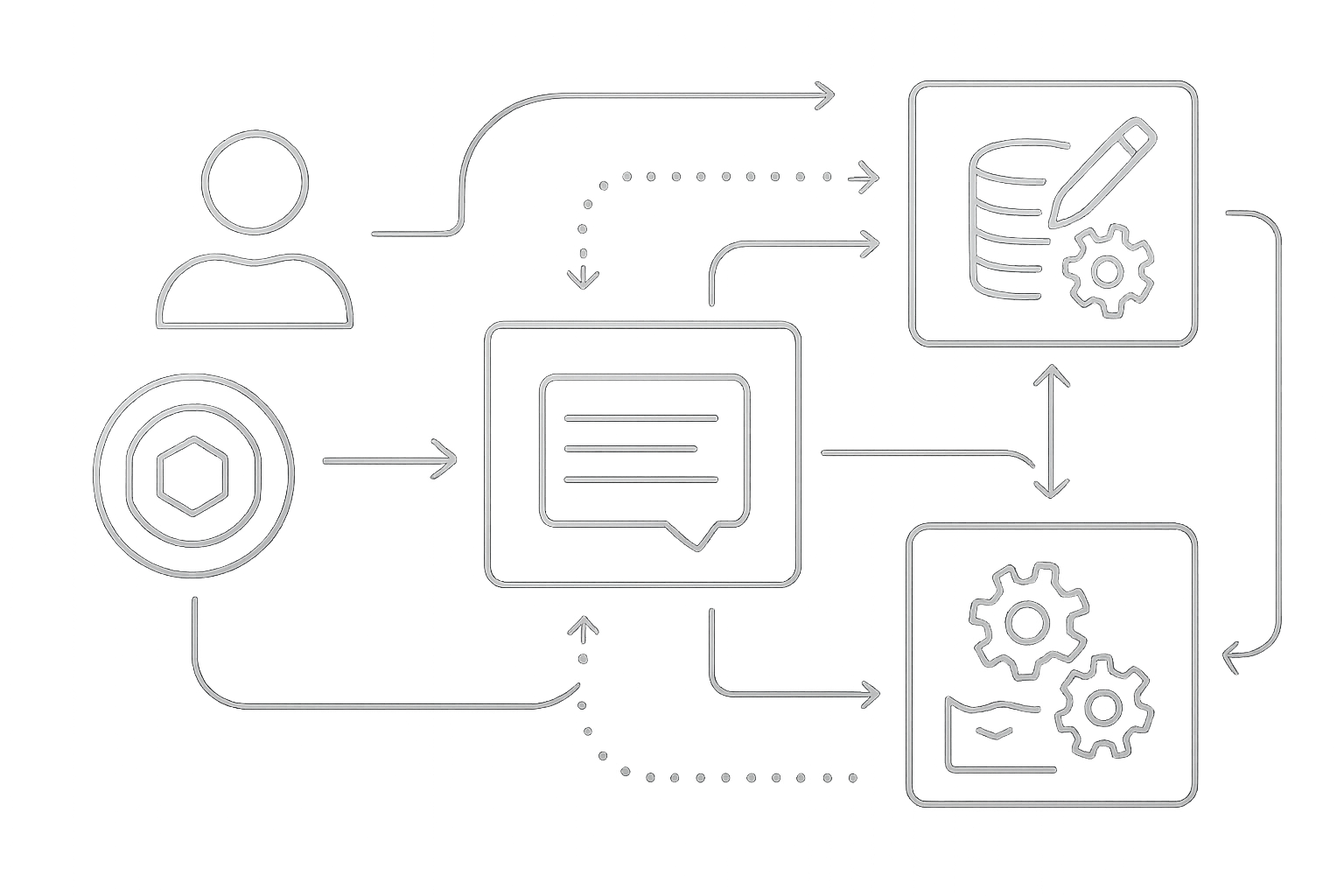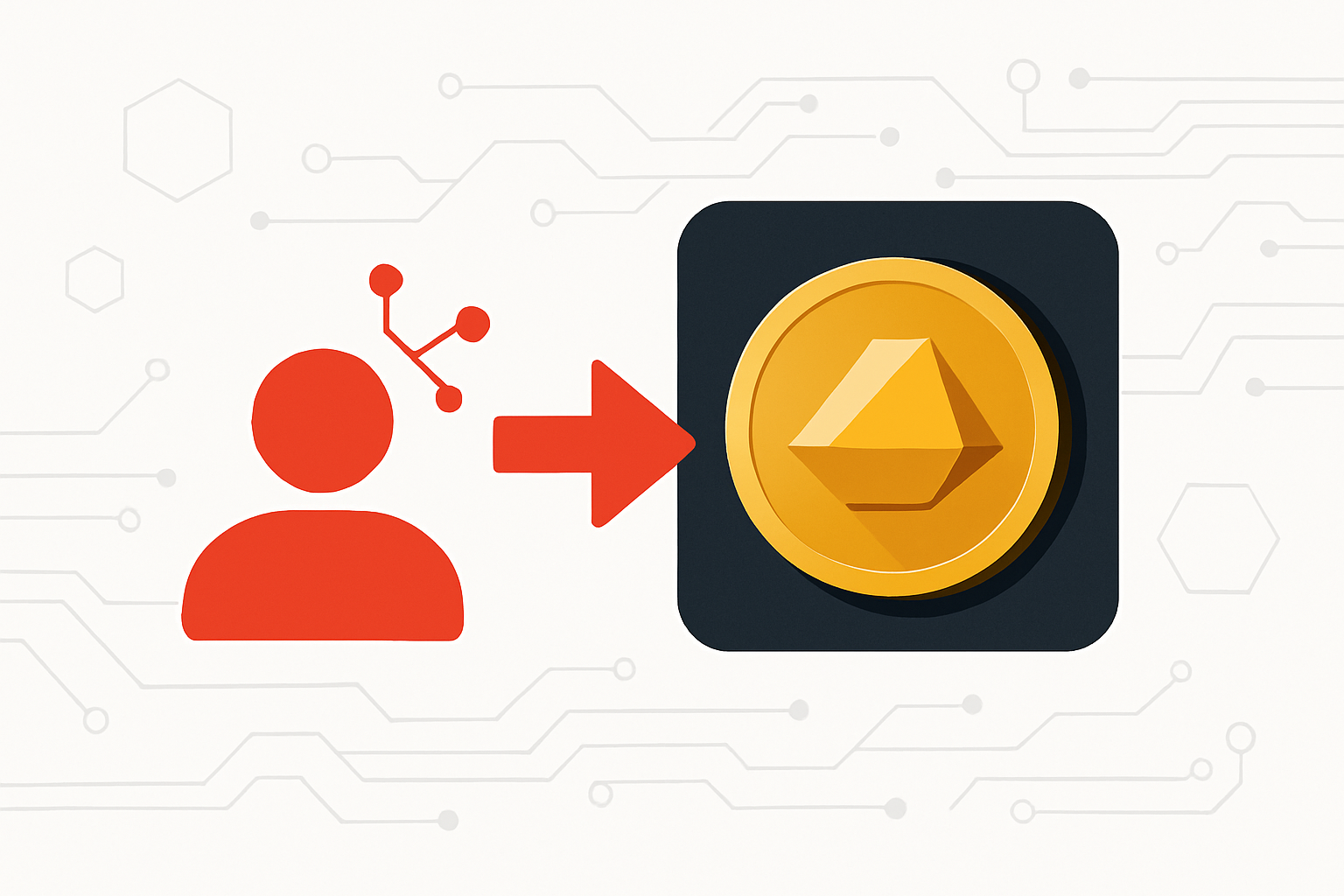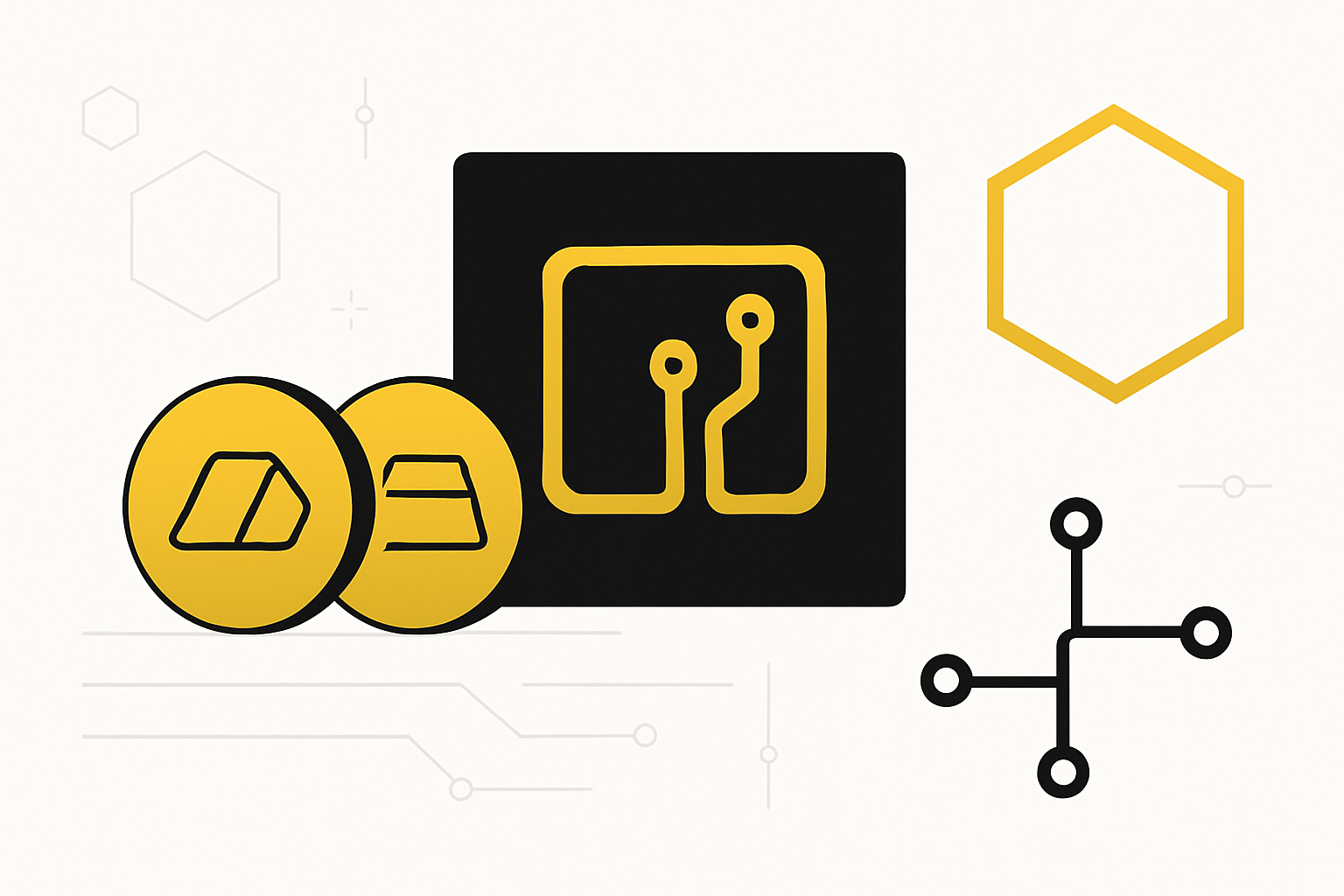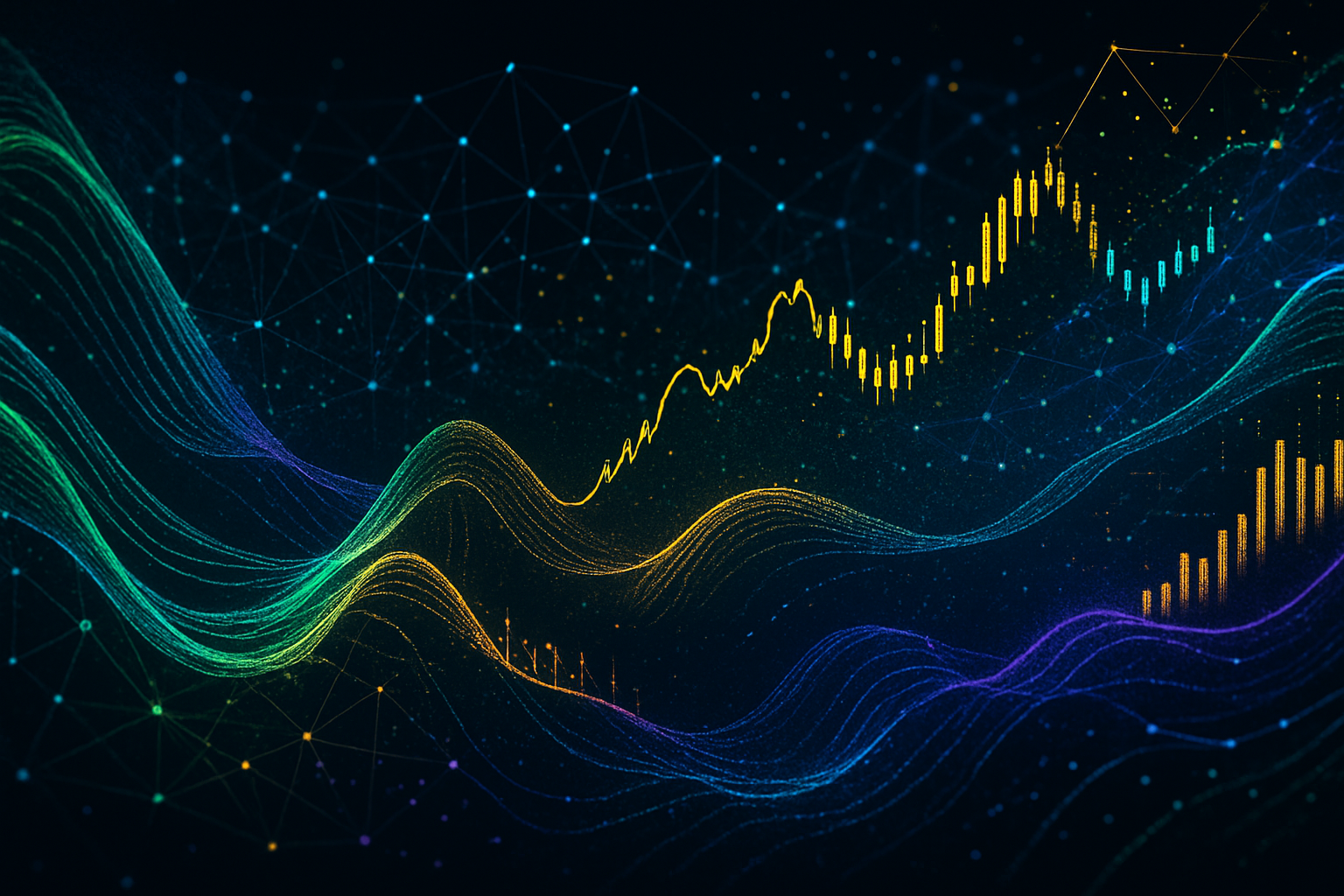How Tokenized Gold Tracks Spot Prices: Comparing XAUT, PAXG, and KAU in 2025
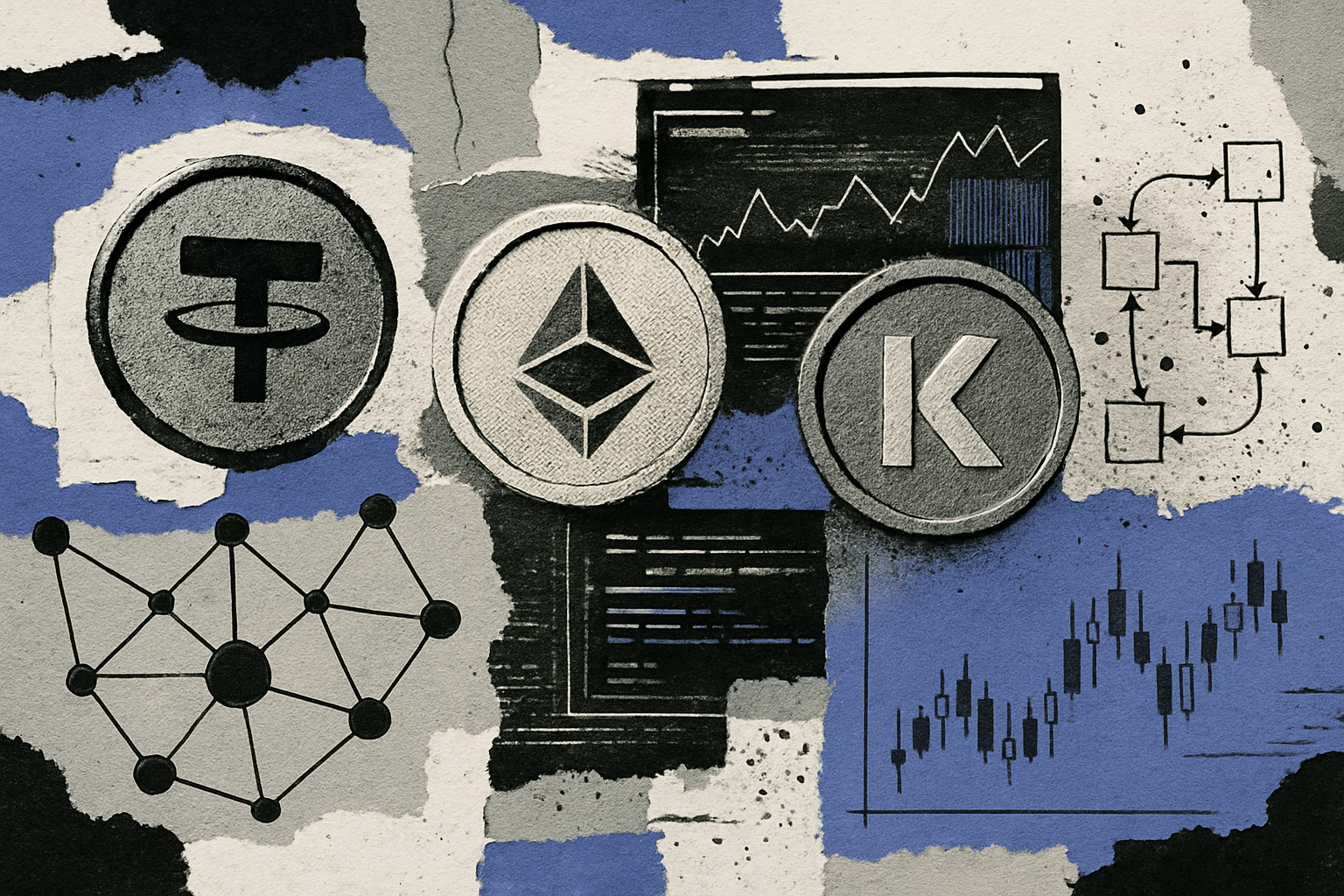
In 2025, the conversation around tokenized gold price parity has shifted from speculative promise to proven reality. As physical gold surges to all-time highs, digital representations like Tether Gold (XAUT), PAX Gold (PAXG), and Kinesis Gold (KAU) have become the benchmark for on-chain exposure to the world’s oldest safe-haven asset. These tokens, each backed by audited reserves of physical bullion in secure vaults, now collectively represent over $3 billion in market capitalization. But how do they actually track the spot price of gold so closely, and what nuances differentiate their performance, transparency, and appeal to investors?
XAUT, PAXG, and KAU: The Gold Standard for Digital Asset Backing
Let’s start with the essentials. Tether Gold (XAUT) is currently trading at $4,256.78, reflecting the latest rally in physical gold. This token, issued by Tether, represents one troy ounce of gold and has seen its supply expand by $437 million in August 2025 alone, pushing its market cap to approximately $1.3 billion. PAX Gold (PAXG), offered by Paxos Trust Company, also tracks one troy ounce of gold and boasts a market cap of about $983 million as of September 2025. Meanwhile, Kinesis Gold (KAU) takes a slightly different approach, each token represents one gram of gold. While smaller in capitalization, KAU’s trading volumes have skyrocketed by over 83,000% following geopolitical shocks earlier this year.
The shared promise among these tokens is seamless price parity with physical gold. Their value is not derived from algorithms or synthetic pegs but from direct legal claims on vaulted bullion. This means that when gold hits a new high, as it did in October 2025 at over $4,000 per ounce, token holders see a nearly one-to-one reflection in their digital assets’ value.
Mechanisms Behind Spot Price Tracking: Proof-of-Reserves and Redemption
What underpins this impressive price tracking? The answer lies in rigorous proof-of-reserves mechanisms. Both XAUT and PAXG publish regular attestations from independent auditors, confirming that every token issued is fully backed by physical gold stored in professional vaults. Tether’s XAUT vaults are located in Switzerland, while PAXG’s reserves are managed through London Bullion Market Association (LBMA) members. Kinesis Gold (KAU) similarly relies on transparent audits and enables users to redeem tokens for physical delivery, a feature that has become increasingly attractive as investors demand verifiable security.
Market participants can verify these reserves on-chain and, in many cases, even look up the specific bar or batch associated with their holdings. This transparency is one reason why institutional adoption has accelerated in 2025, as compliance teams seek assets that combine blockchain efficiency with real-world auditability.
For more on how tokenized gold achieves such robust spot price tracking and how proof-of-reserves works in practice, explore our deep dive: How Tokenized Gold Works: From Vaulted Bullion to On-Chain Yield.
2025 Market Milestones: Surging Demand and Record Prices
The numbers tell a compelling story. As of October 20,2025:
- Tether Gold (XAUT): $4,256.78 per token
- PAX Gold (PAXG): Closely tracking spot at just under $4,000 per token
- Kinesis Gold (KAU): Trading volume up 83,000% YoY
This explosive growth is not just a function of gold’s bull run but also a testament to the increased trust in blockchain-based proof-of-reserves and the ease of transferring digital gold across borders and platforms. Importantly, the rise of tokenized gold has outpaced many traditional instruments like ETFs in terms of 24/7 liquidity and global accessibility, an edge that is especially pronounced during periods of market turmoil.
Tether Gold (XAUT) Price Prediction 2026-2031
Forecasts based on current 2025 market data, gold trends, and tokenized asset adoption
| Year | Minimum Price | Average Price | Maximum Price | % Change (Avg YoY) | Market Scenario Insights |
|---|---|---|---|---|---|
| 2026 | $3,900.00 | $4,350.00 | $4,800.00 | +2.2% | Mild gold retracement as global risk appetite returns. Tokenized gold demand remains stable; XAUT supply growth slows. |
| 2027 | $3,800.00 | $4,430.00 | $5,200.00 | +1.8% | Potential volatility from regulatory reviews. Institutional adoption steady; gold prices supported by moderate inflation. |
| 2028 | $4,000.00 | $4,600.00 | $5,600.00 | +3.8% | New DeFi integrations boost XAUT utility. Technology improvements and tokenization of additional metals drive sector growth. |
| 2029 | $4,150.00 | $4,770.00 | $6,000.00 | +3.7% | Macro uncertainty (e.g., elections, geopolitical tensions) drive safe-haven demand. XAUT and PAXG maintain close tracking to gold. |
| 2030 | $4,300.00 | $4,950.00 | $6,400.00 | +3.8% | Possible gold bull market as fiat concerns rise. Tokenized gold market cap approaches $5B as adoption broadens. |
| 2031 | $4,400.00 | $5,120.00 | $6,800.00 | +3.4% | Stable regulatory environment. XAUT/PAXG dominate tokenized gold sector; KAU gains traction in micro-payments. |
Price Prediction Summary
Tether Gold (XAUT) is forecast to closely track the spot price of physical gold over the next six years, with gradual appreciation reflecting gold’s status as a safe-haven asset and the continued growth in demand for tokenized gold. Average prices are expected to rise steadily, but the market will experience periods of volatility due to macroeconomic and regulatory factors. Maximum price scenarios reflect potential gold bull markets, while minimums account for corrections or reduced safe-haven demand.
Key Factors Affecting Tether Gold Price
- Spot gold price trends: XAUT’s value is directly pegged to gold.
- Macro environment: Inflation, monetary policy, and geopolitical risks drive gold demand.
- Regulatory landscape: Clear rules for tokenized assets could boost or hinder adoption.
- Institutional adoption: Increased use of XAUT/PAXG by funds or DeFi platforms.
- Technological improvements: Enhanced security, transparency, and integration with DeFi.
- Competition: Growth of rival gold tokens (PAXG, KAU) and new entrants.
- Market cap growth: Reflects broader acceptance of tokenized commodities.
Disclaimer: Cryptocurrency price predictions are speculative and based on current market analysis.
Actual prices may vary significantly due to market volatility, regulatory changes, and other factors.
Always do your own research before making investment decisions.
As tokenized gold cements its role as both a digital safe haven and a bridge between traditional and decentralized finance, investors are increasingly weighing the subtleties between XAUT vs PAXG vs KAU, whether it’s regulatory clarity, redemption flexibility, or integration with DeFi protocols. The next section will dissect these nuances and offer a strategic perspective for portfolio allocation as digital gold enters a new era of utility and trust.
While price parity and proof-of-reserves are critical, the real differentiation between XAUT, PAXG, and KAU emerges in their operational models, regulatory environments, and investor accessibility. Each token brings a unique value proposition to the table, shaping its appeal for different segments of the market.
Comparing the Leaders: XAUT vs PAXG vs KAU in 2025
Top Tokenized Gold Assets for Investors in 2025
-
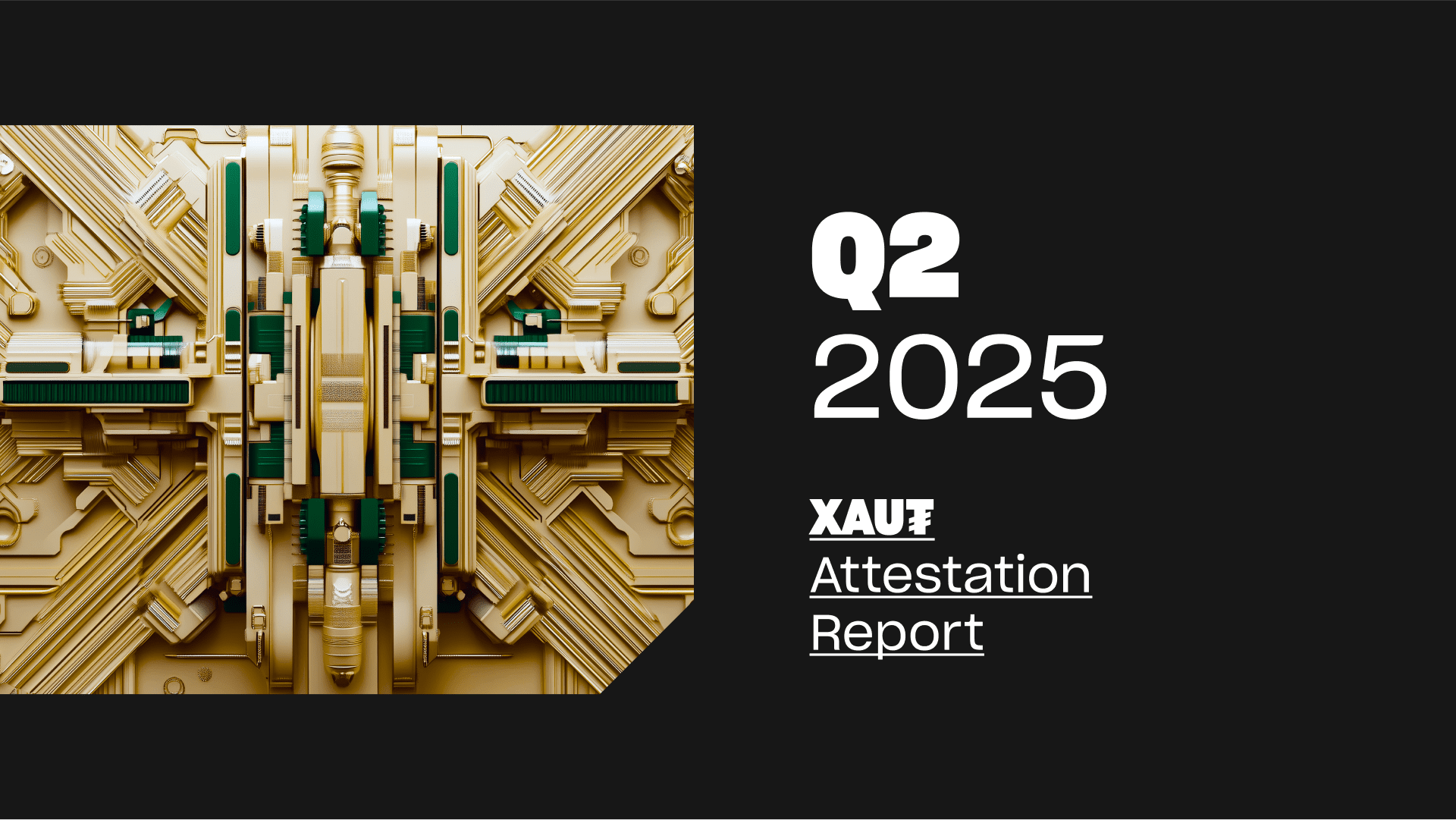
Tether Gold (XAUT): The market leader by value in 2025, XAUT is issued by Tether and fully backed by physical gold stored in Swiss vaults. Each token represents one troy ounce of gold. As of October 20, 2025, XAUT trades at $4,256.78, closely tracking the spot gold price. Tether expanded XAUT’s supply by $437 million in August 2025, pushing its market cap to approximately $1.3 billion. XAUT offers robust liquidity, institutional-grade custody, and seamless blockchain transfers for investors seeking digital gold exposure.
-

PAX Gold (PAXG): Issued by Paxos Trust Company, PAXG is a regulated gold-backed token where each unit equals one troy ounce of London Good Delivery gold held in Brink’s vaults. As of October 2025, PAXG’s price mirrors spot gold at $4,256.78, with a market cap near $983 million. PAXG stands out for its regulatory transparency, direct redemption options, and strong track record as a safe haven during market volatility.
-
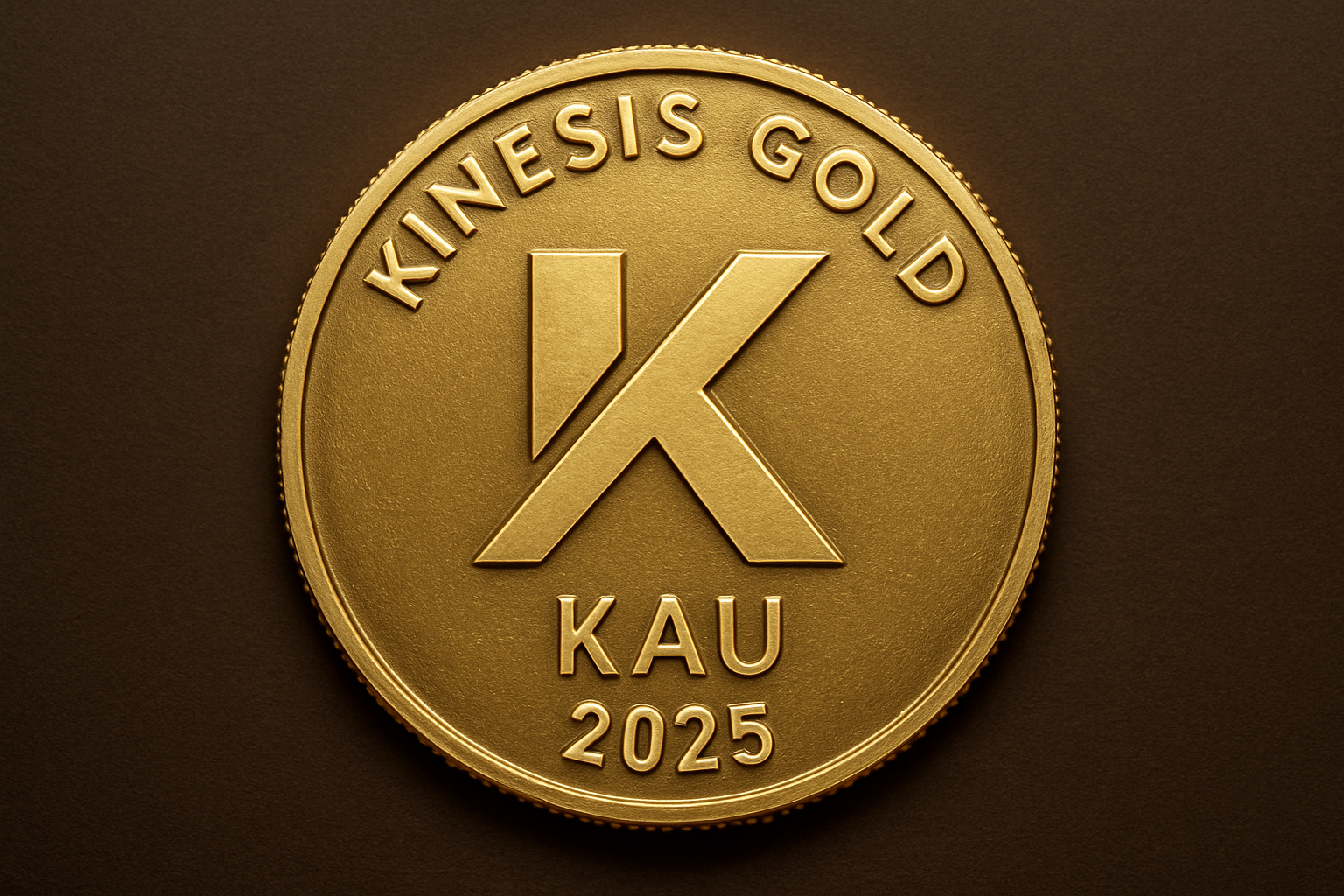
Kinesis Gold (KAU): KAU is a blockchain-based token representing one gram of physical gold stored in independent, audited vaults. While its market cap is smaller than XAUT or PAXG, KAU saw trading volumes soar by over 83,000% in early 2025 amid geopolitical uncertainty. KAU’s unique rewards system incentivizes holding and spending, making it a dynamic option for investors seeking both gold exposure and ecosystem benefits.
Tether Gold (XAUT) stands out for its scale and liquidity. Its rapid supply expansion in 2025, driven by institutional inflows and DeFi integration, has made it the largest gold-backed crypto asset by market cap. XAUT’s Swiss vaulting and streamlined redemption process offer peace of mind for large holders, but some investors note that Tether’s regulatory posture is less transparent than that of its U. S. -regulated peers.
PAX Gold (PAXG), regulated by the New York State Department of Financial Services, provides perhaps the most robust compliance framework in the sector. Each PAXG token is traceable to a specific LBMA-accredited bar, and its redemption and audit processes are highly granular. This makes PAXG a favorite among institutions and family offices seeking maximum regulatory clarity and granular proof-of-reserves. Its slightly lower market cap relative to XAUT is offset by its reputation for transparency and legal certainty.
Kinesis Gold (KAU) has carved out a niche as the most accessible and divisible option, with each KAU representing one gram of gold. Its explosive trading volume in 2025 reflects growing adoption in emerging markets and among retail users seeking micro-exposure to gold. While KAU’s market cap lags behind XAUT and PAXG, its integration with payment platforms and global remittance networks is unmatched, making it the digital gold of choice for seamless cross-border transfers and day-to-day use.

For a practical guide to acquiring any of these tokens and integrating them into your portfolio, see our resource: How to Buy Tokenized Gold: Step-by-Step Guide for 2024.
Strategic Allocation: Digital Gold’s Role in Modern Portfolios
The surge in gold-backed crypto tokens in 2025 is not just a response to macroeconomic volatility but a structural shift in how investors access and utilize gold. The ability to move large or small amounts of gold instantly, settle trades on-chain 24/7, and verify reserves in real time is fundamentally changing portfolio construction. For many, a blend of XAUT for liquidity, PAXG for compliance, and KAU for micro-payments represents a robust digital gold allocation strategy.
As the market matures, expect further innovation around yield generation, DeFi integration, and multi-chain interoperability. Tokenized gold is no longer an experimental asset class; it’s a core holding for those seeking both stability and the flexibility of blockchain rails.
For a deeper exploration of how tokenized gold is surpassing traditional vehicles like ETFs and unlocking new forms of real-world yield, check out our analysis: How Tokenized Gold Is Surpassing ETFs: Record Growth, 24/7 Liquidity and Onchain Proof.

